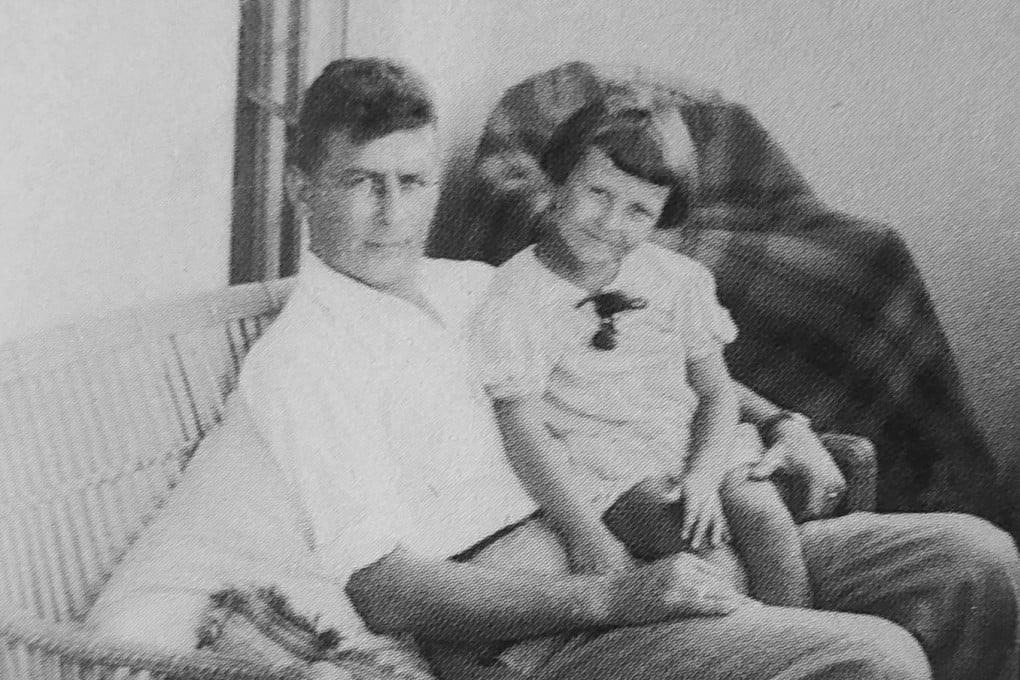Then & Now | How a Russian artist and his daughter bonded over their shared love for Macau
- Irene Smirnoff’s father, George Vitalievich Smirnoff, painted his famous scenes of Macau in World War II with his young child by his side
- Irene moved with the family to Hong Kong in 1939, before they spent 18 months in Macau after they were bombed out of their Kowloon home during air raids in 1944

Research interests that stretch back over time and space sometimes result in the most unexpected friendships. Enduring affection for Macau, and an abiding enthusiasm for the works of her Vladivostok-born artist father, George Vitalievich Smirnoff, forged a warm, long-term friendship between myself and Irene Smirnoff, mostly conducted by voluminous correspondence.
“In our shared love of the city,” she once wrote, “we found an unusual common bond.”
Part of the White Russian diaspora that settled in China, initially as refugees who fled eastward after the 1917 Bolshevik Revolution, the Smirnoff family first lived in Harbin, in what was then known as Manchuria.
With his mother, George Smirnoff moved to Harbin as a teenager. Later trained as an architect, he designed various buildings, such as the Royal Hong Kong Yacht Club premises in Causeway Bay, which still exist today.

Fine art expressed through various mediums remained an abiding love; an early flair for sketching and draughtsmanship carried across into his professional life, while his talent for painting in oils and watercolours was later – quite literally – a life-saving skill.
